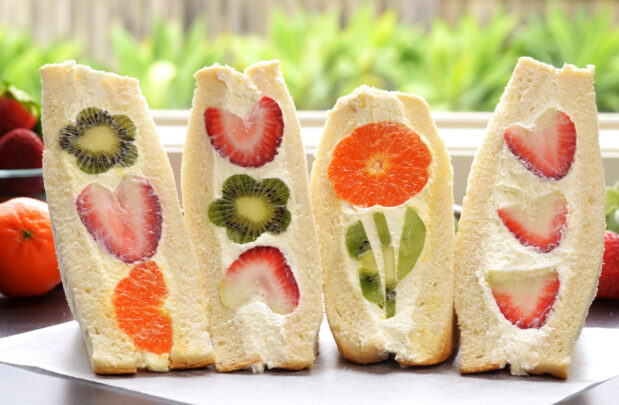Fruit cocktails are a delightful representation of how different cultures celebrate flavor, freshness, and community. These vibrant concoctions vary significantly from region to region, reflecting local ingredients, culinary traditions, and social customs. Let’s explore some of the most popular fruit cocktails from around the globe and the cultural significance behind them.
1. Mexico: Agua Fresca
:max_bytes(150000):strip_icc()/Hibiscus-Agua-Fresca-FT-RECIPE0424-dee9282b8d394b59bc6a222c79f20a9f.jpg)
In Mexico, fruit cocktails often take the form of agua fresca, which means “fresh water.” These refreshing beverages combine fruit puree, water, and sugar. Common fruits used include watermelon, cantaloupe, and hibiscus flowers. Agua fresca is enjoyed in homes and at street stalls, particularly during hot days, serving as a delicious way to hydrate while showcasing seasonal produce.
2. Brazil: Caipirinha de Fruta
Brazilian culture embraces the caipirinha, a cocktail typically made with cachaça, sugar, and lime. However, it can be easily adapted to include various fruits, such as passion fruit, strawberries, or kiwi. This fruity variation adds a tropical twist, capturing Brazil’s rich agricultural diversity. The caipirinha is a staple at celebrations and gatherings, embodying the country’s festive spirit.
3. Japan: Fruit Sando

While not a cocktail in the traditional sense, Japan’s fruit sando (fruit sandwich) offers a unique take on fruit presentation. These sandwiches are made with soft bread, whipped cream, and an assortment of fresh fruits like strawberries, kiwi, and mango. Served at cafes and picnics, they reflect Japan’s aesthetic appreciation for seasonal fruits and their meticulous presentation.
4. India: Frooti
In India, Frooti is a popular mango-flavored drink that can be enjoyed as a refreshing fruit cocktail. Often served chilled, Frooti is synonymous with summer and is a favorite at festivals and celebrations. This drink represents India’s love for mangoes, which are often called the “king of fruits,” and showcases how fruit cocktails can be adapted to local tastes and preferences.
5. Philippines: Halo-Halo

The Philippines boasts a famous dessert called halo-halo, which translates to “mix-mix.” This colorful treat features a variety of ingredients, including crushed ice, sweetened fruits like jackfruit and banana, jellies, and beans, topped with leche flan and ube (purple yam). Served in a tall glass, halo-halo is a festive dish enjoyed during the hot summer months and is a staple at celebrations, highlighting the Philippines’ love for vibrant flavors and textures.
6. Spain: Sangria
Sangria is a popular Spanish punch made with red wine, fresh fruits, and sometimes brandy or soda. Typically featuring fruits like oranges, lemons, and berries, this cocktail is a staple at social gatherings, especially during summer festivals. Sangria embodies the Spanish culture of sharing, as it’s often served in large pitchers, encouraging communal enjoyment.
7. Italy: Granita
In Italy, granita is a semi-frozen dessert made from sugar, water, and various flavorings, including fruits like lemon, almond, and coffee. While not a cocktail in the conventional sense, granita is often enjoyed in a glass with a spoon, resembling a slushy fruit cocktail. It’s a popular treat in Sicily, especially during the hot months, and reflects the Italian tradition of enjoying simple, high-quality ingredients.
Fruit cocktails are more than just refreshing beverages; they are cultural expressions that reflect local ingredients, traditions, and social practices. From Mexico’s agua fresca to Italy’s granita, each variation tells a story about its origin and the people who enjoy it. By exploring these global interpretations, we can appreciate the diversity and creativity that fruit cocktails bring to our tables, enriching our culinary experiences and connecting us across cultures.

